Table of content
Introduction
Zhuyeqing tea, also known as Bamboo Leaf Green tea, is a renowned Chinese green tea variety hailing from Sichuan province, particularly the Mount Emei region. Renowned for its delicate aroma, fresh taste, and emerald-green hue, Zhuyeqing tea stands out among the myriad of green teas available worldwide. However, with the increasing popularity and subsequent market saturation, discerning the quality of Zhuyeqing tea has become a challenge for both seasoned tea enthusiasts and novices alike. This comprehensive guide aims to equip you with the knowledge and skills necessary to differentiate high-quality Zhuyeqing tea from its lesser counterparts. By understanding the key factors that influence tea quality, you can make informed decisions and enjoy the best that Zhuyeqing tea has to offer.
Understanding Zhuyeqing Tea
Before diving into the specifics of quality assessment, it’s crucial to understand the basics of Zhuyeqing tea. Zhuyeqing, derived from the Chinese characters for “bamboo leaf” and “green,” gets its name from the shape of its leaves, which resemble bamboo leaves. This tea variety is characterized by its flat, elongated leaves that are often twisted or curled at the edges. When brewed, Zhuyeqing tea produces a clear, bright green liquor with a subtle, floral aroma and a refreshing, slightly sweet taste.
The production of Zhuyeqing tea involves meticulous processes, including plucking, withering, fixing (killing the enzymes to prevent oxidation), rolling, drying, and sometimes additional sorting and grading steps. Each of these steps plays a vital role in determining the final quality of the tea.
Factors Influencing Zhuyeqing Tea Quality
Origin and Terroir
The origin of the tea leaves is one of the most critical factors influencing its quality. Zhuyeqing tea is traditionally produced in the Mount Emei region of Sichuan province, where the unique climate, soil conditions, and altitude contribute to the tea’s distinctive characteristics. Higher altitudes generally result in slower growth rates, allowing the tea plants to accumulate more flavorful compounds.
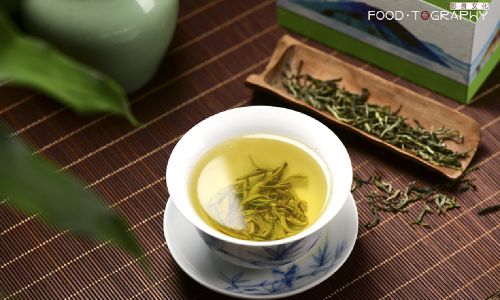
Plucking Season
The timing of the pluck is equally important. Zhuyeqing tea is typically plucked in the spring, when the new leaves are tender and rich in natural oils and amino acids. Spring-plucked tea leaves generally produce a more fragrant and milder tea compared to leaves plucked during other seasons.
Processing Techniques
The processing techniques employed during tea production can significantly affect its quality. High-quality Zhuyeqing tea undergoes careful handling to preserve the delicate flavors and aromas. Proper withering, fixing, rolling, and drying are crucial steps that require skill and experience. Over-processing or under-processing can lead to a loss of flavor and aroma, resulting in an inferior tea.
Leaf Appearance
The visual appearance of the tea leaves can provide valuable insights into its quality. High-quality Zhuyeqing tea leaves are typically uniform in size and shape, with a bright green color and a smooth, glossy surface. They may also exhibit subtle twists or curls, adding to their aesthetic appeal.
Aroma and Taste
The aroma and taste are the most subjective yet crucial factors in assessing Zhuyeqing tea quality. High-quality Zhuyeqing tea should have a fresh, floral aroma with hints of bamboo and a slightly sweet, refreshing taste. The liquor should be clear and bright green, with no bitterness or astringency.
Storage Conditions
Even the best tea can lose its quality if not stored properly. Zhuyeqing tea should be stored in an airtight container, away from direct sunlight, moisture, and strong odors. Proper storage helps maintain the tea’s freshness and flavor for longer periods.
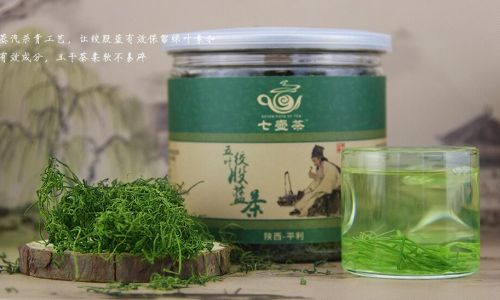
Steps to Discern Zhuyeqing Tea Quality
Visual Inspection
Begin by inspecting the tea leaves visually. High-quality Zhuyeqing tea leaves should be evenly colored with a bright green hue. They should be relatively uniform in size and shape, with a smooth, glossy appearance. Avoid teas with dull, discolored, or broken leaves, as these are often signs of poor quality or improper handling.
Aroma Assessment
Next, take a moment to assess the aroma of the tea leaves. High-quality Zhuyeqing tea should have a fresh, floral aroma with subtle hints of bamboo. The aroma should be inviting and pleasant, without any off-notes or strong, unpleasant odors. If the tea smells stale, musty, or has a strong, artificial aroma, it is likely of inferior quality.
Taste Testing
Brew a small sample of the tea and taste it. Pay attention to the liquor’s color, clarity, and taste. High-quality Zhuyeqing tea should produce a clear, bright green liquor with a slightly sweet, refreshing taste. The taste should be smooth and balanced, with no bitterness or astringency. If the tea tastes bitter, sour, or has a metallic aftertaste, it is likely of poor quality.
Feel the Mouthfeel
In addition to taste, pay attention to the tea’s mouthfeel. High-quality Zhuyeqing tea should have a smooth, silky texture that feels refreshing on the palate. Inferior teas may have a harsh, gritty mouthfeel or leave a dry, astringent aftertaste.
Check for Impurities
Inspect the tea leaves and liquor for any impurities. High-quality Zhuyeqing tea should be free from stems, twigs, or other foreign matter. The liquor should be clear and free from sediment or particles. If you notice any impurities, it is a sign of poor quality or improper processing.
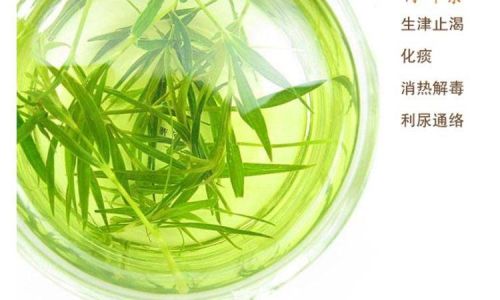
Consider the Packaging
The packaging of the tea can also provide clues about its quality. High-quality Zhuyeqing tea is often packaged in airtight containers that protect the tea from light, moisture, and oxygen. The packaging should be clean, well-sealed, and labeled with information about the tea’s origin, plucking season, and production date. Avoid teas that come in poor-quality packaging or lack essential information.
Seek Recommendations and Reviews
Finally, don’t hesitate to seek recommendations and reviews from trusted sources. Tea enthusiasts, experts, and online communities can provide valuable insights and recommendations for high-quality Zhuyeqing tea. Reading reviews and comparing different brands can help you make informed decisions and avoid purchasing inferior teas.
Conclusion
Discerning the quality of Zhuyeqing tea requires a combination of visual inspection, aroma assessment, taste testing, and an understanding of the factors that influence tea quality. By following the steps outlined in this guide, you can develop the skills necessary to differentiate high-quality Zhuyeqing tea from its lesser counterparts. Remember, the key to enjoying the best that Zhuyeqing tea has to offer lies in selecting high-quality tea leaves, storing them properly, and brewing them correctly. With these tips in mind, you can savor the delicate flavors and aromas of Zhuyeqing tea and appreciate its unique charm.
In addition to the practical tips provided in this guide, it’s also important to cultivate a personal palate and develop your own preferences over time. As you explore different brands and varieties of Zhuyeqing tea, you’ll gradually learn to recognize the nuances that make each tea unique. With patience and practice, you’ll be able to discern the quality of Zhuyeqing tea with confidence and enjoy the rich, flavorful experience it offers.
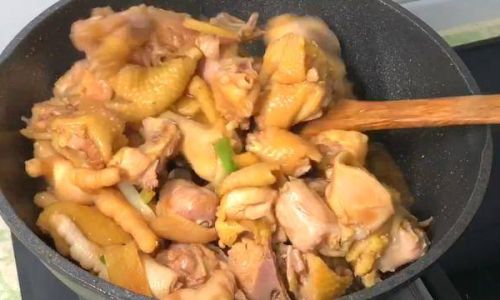
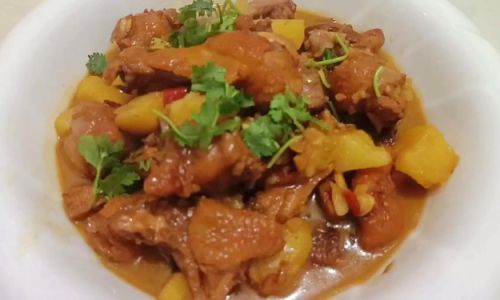
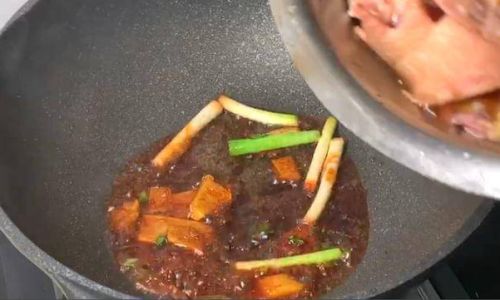
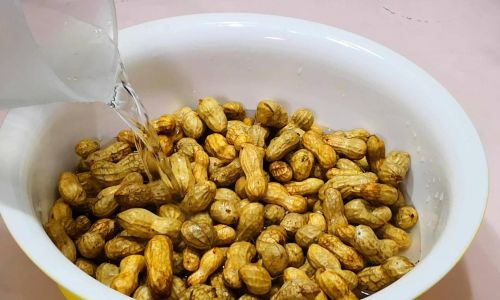
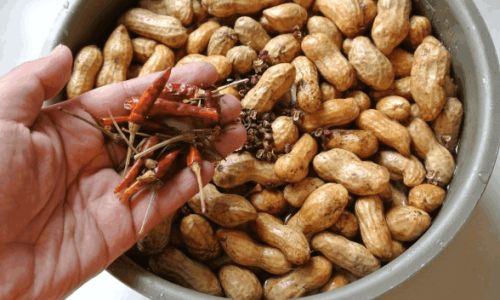
0 comments